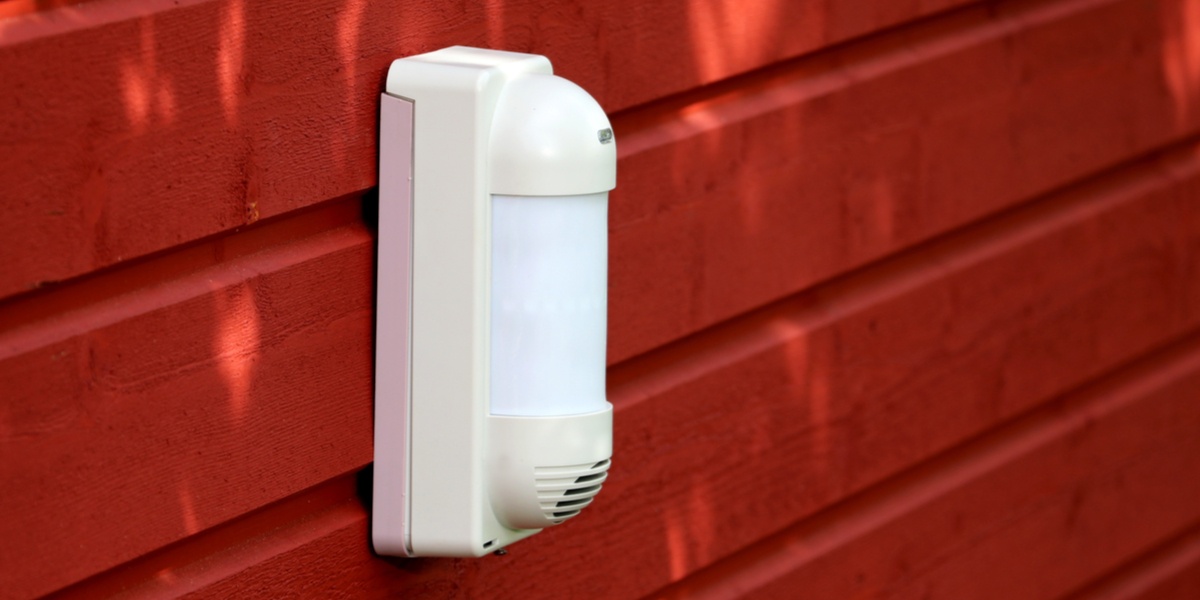Reducing Lighting Energy Consumption with Occupancy Sensors

Lighting represents a significant portion of energy expenses in most buildings, surpassed only by HVAC equipment. However, lighting energy consumption can be reduced by upgrading to high-efficiency LED lamps, or by deploying control systems that only keep the lights on when needed. Occupancy sensors provide a simple way to automate lighting, achieving quick savings.
In simple terms, occupancy sensors turn on the lights automatically when human presence is detected, and turn them off once the area covered is empty. Occupancy sensors should not be confused with vacancy sensors, which also turn off the lights automatically, but require them to be activated manually.
There are three main types of occupancy sensors. Each option has pros and cons, and the best choice is determined by the application at hand:
- Passive infrared (PIR)
- Ultrasonic
- Dual-technology
Make your building lighting systems smarter and more efficient.
Passive Infrared Sensors
PIR sensors are based on heat detection: the body temperature of humans is higher than the temperature of indoor surfaces and objects. These sensors perceive humans as warm moving objects against a cooler background and can control the lighting system accordingly.
Unless a cooking appliance or a domestic hot water system is used within the range of PIR sensors, humans are the most common sources of heat. Therefore, these sensors have a low chance of false activation. However, many design considerations should not be overlooked:
- PIR sensors require a direct line of sight between themselves and occupants to detect heat. They are not recommended in applications where obstacles can block their field of view, such as office areas with multiple cubicles.
- Infrared sensors have several blind spots, which means they cannot provide a full 360° coverage around them. This limits their use in applications where occupants do not move a lot - someone sitting in a blind spot will not trigger the sensor.
- PIR sensors should not be installed close to HVAC diffusers, where air is supplied at a higher or lower temperature than indoor spaces, depending on the season. These air temperature differences can hinder occupancy detection.
Ultrasonic Sensors
Ultrasonic sensors use principles similar to submarine sonar and bat echolocation. They emit a high-frequency sound that is reflected from indoor surfaces and objects, and the sound pattern stays constant when there is no movement. Normal sound patterns are disrupted when a person enters the coverage area of the ultrasonic sensor, allowing detection, and this applies even to someone standing still.
The main advantage of ultrasonic sensors is the capacity to detect occupants behind obstacles. Unlike PIR sensors, they can pick up smaller movements. However, ultrasonic sensors have their limitations as well:
- Their high sensitivity increases the chance of a false-ON, turning the lights in response to sounds or movements that are not caused by occupants.
- They cannot provide isolated coverage. For example, if you use an ultrasonic sensor to control the lights in a warehouse aisle, they will likely respond to movement in adjacent aisles as well (only a PIR sensor is effective here).
- As you might imagine, an ultrasonic sensor is ineffective when installed close to HVAC equipment or other vibrating machinery.
Dual-Technology Sensors
As implied by their name, these sensors have both infrared and ultrasonic detection. They only activate the lamps when both inputs are present, and only turn them off once both inputs are gone. This provides very accurate occupancy detection, greatly reducing the chance of a false-on or false-off.
Dual-technology sensors tend to have a higher cost, having two separate detection systems. They are intended for applications that demand high accuracy, such as classrooms or conference rooms. Otherwise, PIR and ultrasonic sensors are recommended - whichever one is the best match for the application.
Final Recommendations
When lighting is controlled with occupancy sensors, savings of over 10% are common, with a payback period of less than one year in many cases. However, it is important to choose the right sensors for each application and to place them where they achieve optimal coverage. Also consider that some lighting systems have a fixed operating schedule, and time-based controls are a better option in these cases.
Occupancy sensors can be combined with dimmers and daylight-responsive controls to further enhance the efficiency of lighting systems. If this is complemented with an LED lighting upgrade, savings above 80% are feasible.

Michael Tobias
Michael Tobias, the Founding Principal of NY Engineers, currently leads a team of 50+ MEP/FP engineers and has led over 1,000 projects in the US
Join 15,000+ Fellow Architects and Contractors
Get expert engineering tips straight to your inbox. Subscribe to the NY Engineers Blog below.



